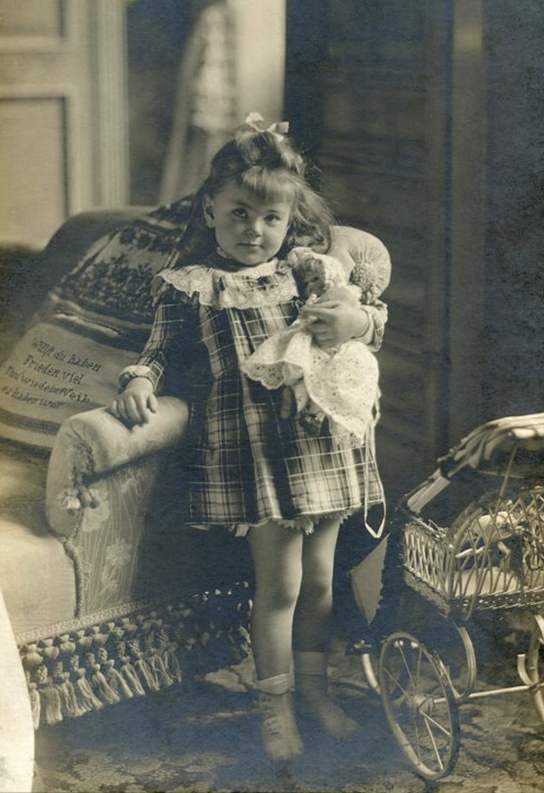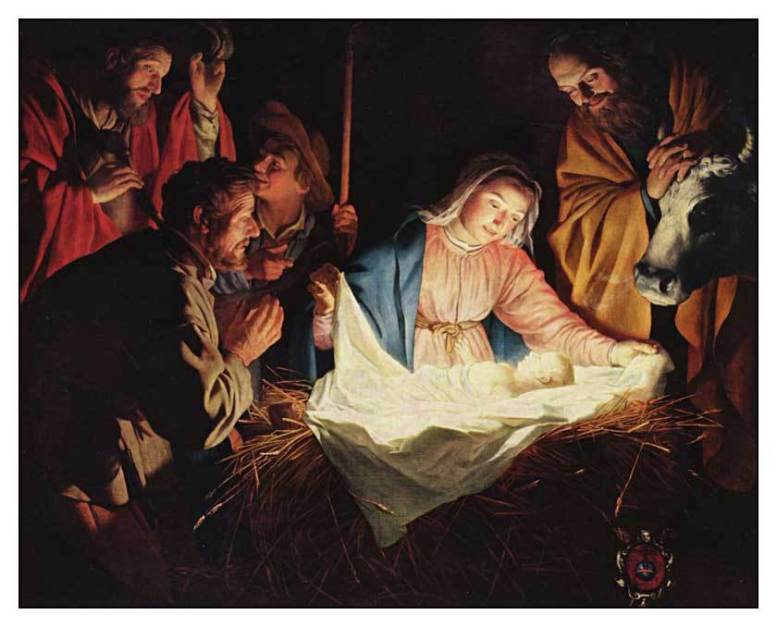Barbie Dolls vs Baby Dolls
Barbie Dolls vs Baby Dolls
 After I published last week’s article about the 60th anniversary of the Barbie doll, my mom called me on my cell phone. I wasn’t available when she called, so she left a message. In the message, she said that she had read my article and that in addition to her concern about her daughters’ self-images being affected by the Barbie doll, she was also concerned that with the introduction of a teenage, sexualized version of a doll, there would never be a return to the days when young girls were encouraged to play with baby dolls.
After I published last week’s article about the 60th anniversary of the Barbie doll, my mom called me on my cell phone. I wasn’t available when she called, so she left a message. In the message, she said that she had read my article and that in addition to her concern about her daughters’ self-images being affected by the Barbie doll, she was also concerned that with the introduction of a teenage, sexualized version of a doll, there would never be a return to the days when young girls were encouraged to play with baby dolls.
She said that before the Barbie doll, young girls were encouraged to play with baby dolls, which gave the girls the opportunity to imitate their mothers. They imitated their mothers by cuddling with their dolls, changing their diapers, and dressing them. What they did with their dolls was what they saw their mothers doing with their own babies.
The activity of imitating their mothers encouraged young girls to want to be mothers themselves, and to embrace the ideal that they could someday give birth to and care for their own babies.
My mom’s message prompted me to remember when I was a young boy and my sisters had the types of dolls she was referring to. There was one doll that could be purchased during those years that was designed so that a girl could feed it with a miniature baby bottle filled with water. The water would then go through the baby’s body and into a diaper that the girl had put on the doll.
One little known fact about the Barbie doll is that in the 60 years that Barbie has been around, she has been featured in more than 200 different careers, ranging from an astronaut to a TV news anchor. She was never portrayed as a mother of a baby because she was not married; however, at one point, Barbie’s friend Midge was introduced as being pregnant. She didn’t last very long because of concerns that her condition promoted teenage pregnancy.
Over the years, Barbie has routinely been sold with sexualized clothing, including mini skirts, gowns with slits up to the top of her thighs, and low-cut tops. If you go to Amazon today, you’ll find Barbie doll sets that include current immodest fashions, such as the type of leggings that we now see women of all ages wearing in public.
Because our leaders fear the scorn and contempt they would receive from women’s groups, they’re not willing speak out against the immodesty of current fashions. The leggings that most women wear today would have never been worn in public 30 years ago. We see them on women of all ages, shapes, and sizes. They wear them in grocery stores, business settings, and even in church. Over the past few years, I’ve tried to convince some of my own adult daughters not to wear leggings in public.
There’s not much left to the imagination when women wear tight, clingy, form-fitting clothing that shows every curve, crease, bulge, and imperfection. I would be embarrassed to wear that type of clothing in public.
A recent report that was released by the American Society of Plastic Surgeons indicated that roughly 229,000 cosmetic procedures were performed in 2017 on patients between the ages of 13 and 19. The report also stated that there are very few guidelines in place to ensure that appropriate procedures are followed in plastic surgeries that are performed on teenage girls.
The top five cosmetic surgical procedures in 2017 for all age groups were breast augmentation, liposuction, nose reshaping, eyelid surgery, and tummy tucks.
We live in an age where our young girls and women spend a large share of their leisure time on social media where they are encouraged and tempted to share selfies that highlight their sexually attractive features. It makes sense that they would be tempted to consider cosmetic surgery to enhance their appearance.
It’s obvious that the immodest behavior of many American girls and women — and their desire to modify the way their bodies look in order to appear sexier and more appealing — cannot be blamed on Barbie dolls. The introduction and popularity of the Barbie doll was only a symptom of the moral disease that has afflicted our culture.
There are several factors that have contributed to the decline of morality and modesty in our country. These factors include how women are portrayed in magazines, movies, television, and on the internet.
Other factors include (1) the widespread acceptance and availability of affordable birth control that allows couples to experiment and engage in sinful sexual activity without any obvious consequences, (2) the abandonment of teaching about God and His commandments in our public school system, (3) the pandering of our politicians to special interests who profit from immoral and inappropriate behavior, and (4) the breakdown of the family.
Will we ever return to a culture in which women will again have enough respect for themselves and for the people around them to dress modestly? I don’t think so.
There have been some positive things that have occurred in the past few years as a result of the #MeToo movement and the public shaming of men for their treatment of women as sexualized objects and playthings. Unfortunately, despite this positive trend, men and women who are in positions of power and influence have refused to acknowledge and proclaim that when women reveal certain parts of their bodies by wearing immodest clothing, or by posing for pictures of their naked bodies, they extend an unspoken invitation to men to look at them and treat them in lustful ways.
It is not uncommon for a young woman who is dressed immodestly to be offended when the men who are around her are paying more attention to her body than her achievements, how smart and educated she is, or how she may be a role model for other women.
Some women who are reading this may find that what I’m saying is offensive. They may think I’m blaming women for the way men are and that men should learn to practice self-restraint. I’m not attempting to justify the behavior of men. I’m only pointing out the tendencies men have because of their fallen human nature. There is a way a man can fight off and resist those tendencies, but that topic is for another day.
In my mom’s quest to teach my sisters about the appropriate way to dress, she frequently told them that the only acceptable standard for the way a woman should dress was set by the Mother of God. Mom emphasized that if my sisters expected men to respect them, they had to dress and behave in a way that showed that they respected themselves. She told them that they would never go wrong if they wore clothing that would meet with the approval of the Blessed Mother.
I expect that there were many women in my mom’s generation who attempted to teach their daughters the same lessons. Unfortunately, today, very few people hear much about modesty and the appropriate standards of behavior for women of all ages.





3 Comments
Excellent. Needs to be sent to major media. Let Tucker Carlson get it!!
Georgette and Harry, your concerns are the same as mine. We were never exposed to immodest dress when we were growing up. Thanks for the descriptions. With loving prayers and lots of love from Sister Roberta
Harry and Georgette, my first comment was rejected as a :repeated one”. I don’t know why. again with loving prayers and lots of love. Sister Roberta